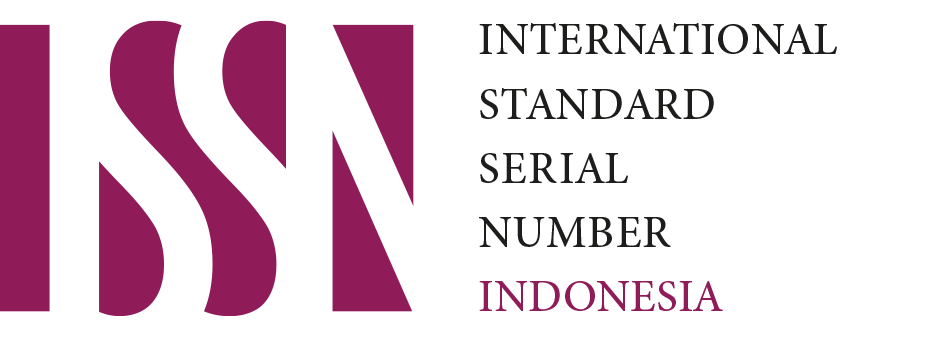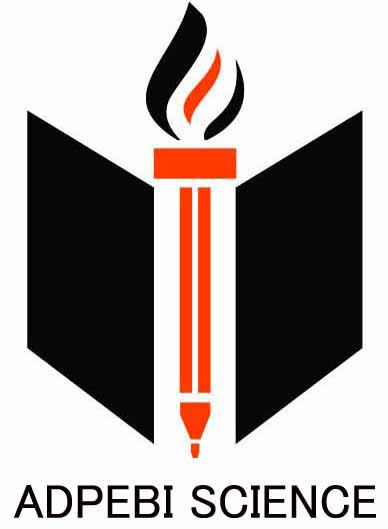Assessment of The Elemental Composition of Ageratum Conyzoides And Its Contribution to Ethno Medicine
DOI:
https://doi.org/10.54099/aijms.v3i1.821Keywords:
Selected:Assessment, , elemental composition, , ageratum conyzoides,ry, contribution,, ethno medicineAbstract
This study aimed at assessing the elemental composition Ageratum conyzoides. The leaves of Ageratum conyzoides (goat weed), has been acknowledged as a non-food source of ethno medicine associated with the treatment of some ailments. The AAS analysis results indicate that the plant contained elements essential for human nutrition. The data were analyzed and the results showed that Ageratum conyzoides leaf extract contained Ca, Mg, Pb, Zn, Al, Cr, Ni, Cu, Co, Cd and Fe were present in the leaves of Ageratum conyzoides. Ageratum conyzoides contains, in addition such acknowledged non-essential and environmentally unfriendly elements as Pb, Co and Cd, which may be a pointer to its non-food use, in combination with its high lipid content. The concentration of minerals in Ageratum conyzoides can be attributed to some of its use such as anti-inflammatory, analgesic, anti-poison, anti-allergic and other therapeutic activities.
References
Burkill, H.M. (1985). The Useful Plants of West Tropical Africa, Kew: Royal Botanic Gardens. vol. I.
Dalziel, J.M. (1937) The Useful Plants of West Africa. London:Crown Agents
De-Aragão Tannus, C., de Souza Dias, F., Santana, F. B., Dos Santos, D. C. M. B., Magalhães, H. I. F., de Souza Dias, F., & de Freitas Santos Júnior, A. (2021). Multielement determination in medicinal plants and herbal medicines containing Cynara scolymus L., Harpagophytum procumbens DC, and Maytenus ilifolia (Mart.) ex Reiss from Brazil using ICP OES. Biological Trace Element Research, 199(6), 2330-2341.
Erida, G., Saidi, N., Hasanuddin, H., & Syafruddin, S. (2021). Herbicidal effects of ethyl acetate extracts of billygoat weed (Ageratum conyzoides L.) on spiny amaranth (Amaranthus spinosus L.) growth. Agronomy, 11(10), 1991.
Harbonne, J. B., (1998) Phytochemical Methods: A guide to Modern Techniques of Plant Analysis. Third Edition. Edmundsbury Press, Bury St. Edmunds Great Britain.
Helmut Wiedenfeld (2011). Plants containing Pyrrolizidine alkaloids: toxicity and problems. Food Additives & Contaminants, Part A. 28(3), 289.
Igoli, J.O., Ogaji, O.G., Tor- Anyiin, T. A. and lgoli, N.P. (2005). Nigeria part II. Afr. J. Traditional Compl. Alternative Med.2, 134.
K. N. Agbafor, A. G.Engwa and I. K.Obiudu (2015) Analysis of Chemical Composition of Leaves and Roots of Ageratum conyzoides ISSN:2347-3215Volume 3 Number 11 (November-2015) pp. 60-65 www.ijcrar.com
Kamboj, A. and Saluja, A.K (2008) Ageratum conyzoides L. A review on its phytochemical and pharmacological profile. Int. J. Green Pharm. 2, 59.
Khoja, A. A., Andrabi, S. A. H., Mir, R. A., & Bussmann, R. W. (2022). Ethnomedicine and Culture: Exploitation of plant species for traditional use in the remote area of Kashmir Himalayas. Ethnobotany Research and Applications, 24, 1-22.
Kotta, J. C., Lestari, A. B., Candrasari, D. S., & Hariono, M. (2020). Medicinal effect, in silico bioactivity prediction, and pharmaceutical formulation of Ageratum conyzoides L.: a review. Scientifica, 2020, 1-12.
Mono Anne Sophie, Mercy Tah Monunde, Maptouom Christiane Laure, Djouhou Fowe Michelle, Mbacham Wilfred and Fokou Elie. Nutritional Profile of Annona Muricata and Ageratum Conyzoides Based Herbal Teas for the Management of a Precancerous Lesion: Atypical Hyperplasia of the Mammary Gland. Biomed J Sci & Tech Res 52(3)- 2023. BJSTR. MS.ID.008243.
Namuga, C., Muwonge, H., Lubwama, M., Janet, N., Sekulima, T., & Kirabira, J. B. (2022). Antibacterial activities of Bidens pilosa L, Hoslundia opposita Vahl, and Ageratum conyzoides L against some common wound pathogens. African Journal of Pharmacy and Pharmacology, 16(5), 64-78.
Nnoli, J. N. (2021). Production-Based Demonstration Instructional Approach on Pre-Service Chemistry Teachers: A Panacea for STEM Academic Achievement. Unizik Journal of STM Education, 4(1), 88-95.
Nnoli, J. N. (2023). Scrutinizing the Benefits of Entrepreneurial Skills on the Motivational Level of Chemistry Students. BOHR International Journal of Social Science and Humanities Research, 2(1), 185-190.
Nnoli, J. N., & Okafor, C. U. (2020). Pre-class activities, an effective strategy for reducing students ’learning difficulties in chemistry classroom: impact on achievement and retention. STEM journal of Anambra STAN, 3(1), 39-49.
Nwankpa, (2015) Advanced in Chemistry and Biochemistry Sciences. (C:UsersuserDocumentsDownloads80.htm) retrieved 08.12.2016)
Ozumba, N.A. (2008). Moringa Oleifera: A Review of its Medicinal and Other Uses. Institute for Development Studies, University of Nigeria, Enugu Campus.
Paramasivam, D., Balasubramanian, B., Suresh, R., Kumaravelu, J., Vellingiri, M.M., Liu, W.C., Meyyazhagan, A., Alanazi, A.M., Rengasamy, K.R. and Arumugam, V.A.. (2023). One-Pot Synthesis of Silver Nanoparticles Derived from Aqueous Leaf Extract of Ageratum conyzoides and Their Biological Efficacy. Antibiotics, 12(4), 688.
Singh, S. B., Devi, W. R., Marina, A., Devi, W. I., Swapana, N., & Singh, C. B. (2013). Ethnobotany, phytochemistry and pharmacology of Ageratum conyzoides Linn (Asteraceae). Journal of Medicinal Plants Research, 7(8), 371-385.
Vikasari, S. N., Sukandar, E. Y., Suciati, T., & Adnyana, I. K. (2022, November). Antiinflammation and Antioxidant Effect of Ethanolic Extract of Ageratum conyzoides Leaves. In IOP Conference Series: Earth and Environmental Science (Vol. 1104, No. 1, p. 012024). IOP Publishing.
Xu, Z., Ji, R., Zha, X., Zhao, H., & Zhou, S. (2023). The aqueous extracts of Ageratum conyzoides inhibit inflammation by suppressing NLRP3 inflammasome activation. Journal of Ethnopharmacology, 309, 116353.
Downloads
Published
How to Cite
Issue
Section
License
Copyright (c) 2024 Adpebi International Journal of Multidisciplinary Sciences

This work is licensed under a Creative Commons Attribution-NonCommercial 4.0 International License.









